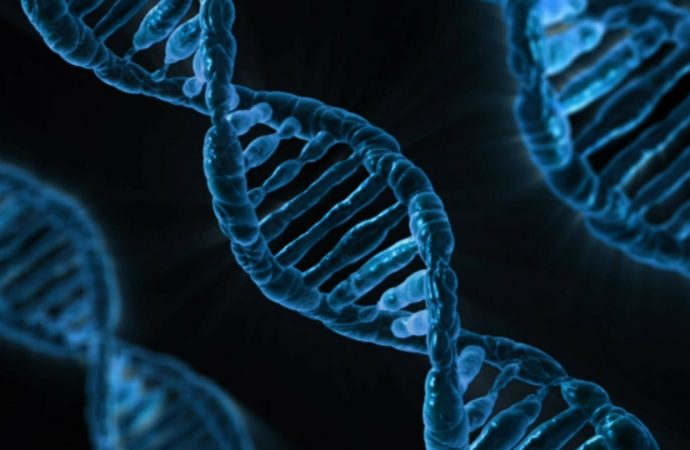Archaeologists are using bones unearthed from the 2,000-year-old tomb of Haihunhou, the Marquis of Haihun, to conduct DNA analysis.
The burial site in Nanchang in east China’s Jiangxi Province is the best preserved tomb from the Western Han Period (206 BC-24 AD) ever found in China.
Li Cunxin, a research fellow with the Chinese Academy of Social Sciences (CASS), said the marquis’s remains were not well preserved. Only teeth and small bits of leg and pelvis bone have been discovered since the interior coffin was opened earlier this year.
Archaeologists with the Beijing-based Institute of Archeology under the CASS have started using the teeth to conduct DNA analysis.
In the Han Dynasty, people used sophisticated embalming techniques to preserve bodies before burial, especially when burying nobility. The body of a woman was found in a tomb in the early 1970s on Mawangdui, a hill near Changsha, capital of Hunan Province. She was buried about 2,100 years ago and hers was one of the best preserved bodies in history.
Archeologists assumed that the body of the marquis must have been treated with similar preservation techniques. However, natural forces such as earthquakes have damaged his tomb chamber. His half-meter-high wooden coffin was pressed into the shape of a plank. Water from nearby Poyang Lake, China’s largest freshwater lake, seeped into the soil, and his remains mixed with mud and wood.
Archaeologists have moved his interior coffin to a lab for meticulous cleaning and analysis.
In addition to the bone fragments, a private seal, a belt, woven mats, jade and colored glaze decorations believed to be from a wooden sleeper have been found.
The marquis’s graveyard covers an area of 46,000 square meters. Besides the two main tombs occupied by the marquis and his wife, there are seven other tombs, assumed to be either his concubines or children.
Archaeologists have found a sword from the No. 5 tomb and assumed it might have belonged to one of his sons. Coffins from the No. 4 and No. 5 tombs have been hoisted and relocated for lab research.
Xu Changqing of the Jiangxi provincial institute of relics and archaeology said if remains were found in the coffins, they will also be sent for DNA analysis to ascertain their relation to the marquis.
The DNA tests will not only help decipher the health condition and diet habits of the ancient people, but also shed light on human evolution over the past 2,000 years, he said.
The marquis’s tomb was one of the few excavated imperial tombs that have not suffered looting by tomb raiders. More than 10,000 artifacts have been unearthed so far.
The marquis, Liu He, was the grandson of Emperor Wu, whose reign ushered in one of the most prosperous periods in China’s history.
Liu was given the title “Haihunhou” after he was deposed as emperor after only 27 days. He was dethroned by the royal clan over what they claimed was a lack of talent and morals. Haihun is the ancient name of a very small kingdom in north Jiangxi.
Source: Heritage Daily

































Leave a Comment
You must be logged in to post a comment.